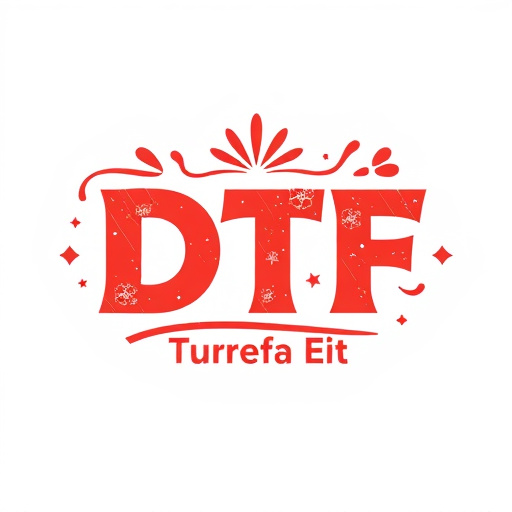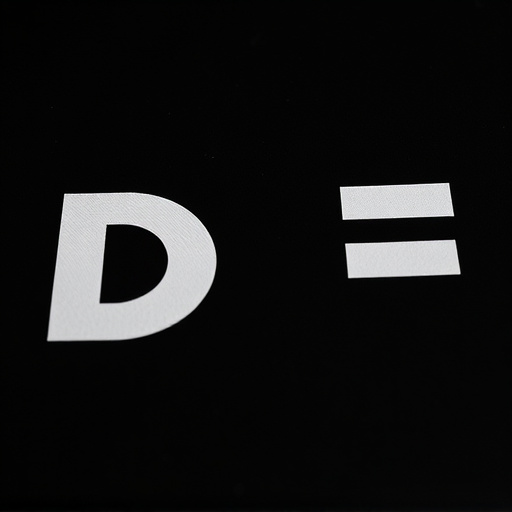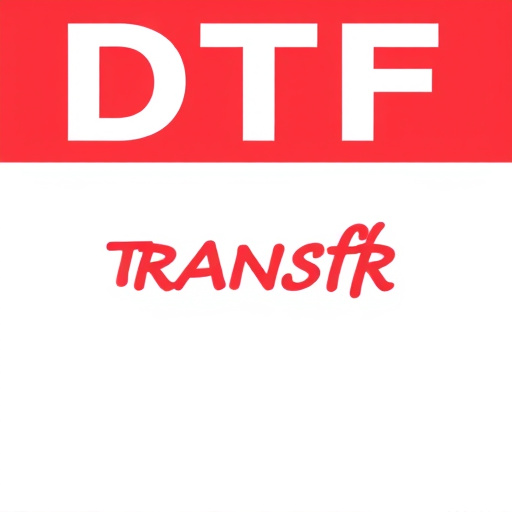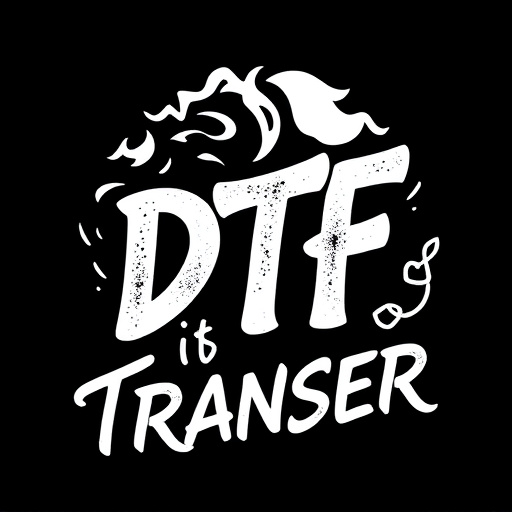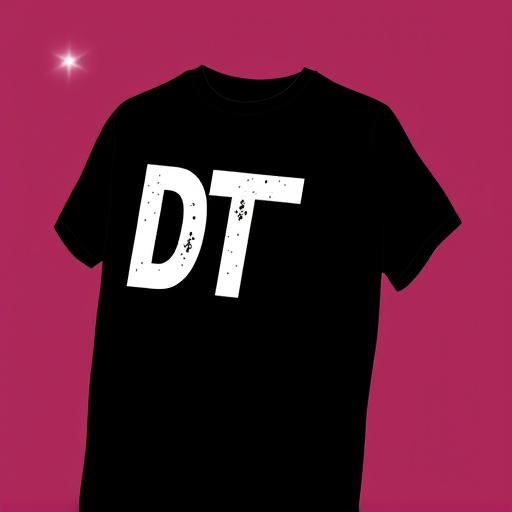Small commercial businesses can boost productivity and quality with Direct-To-Film (DTF) technology for film transfer. DTF offers a cost-effective, versatile solution, eliminating intermediate steps to produce sharp, vibrant prints suitable for promotional materials or art reproduction. By adopting DTF printing, smaller operations can achieve professional results while significantly reducing time and costs compared to traditional methods. Strategic workflow optimizations, including automation and digital imaging technologies, further enhance efficiency and ensure consistent print quality. DTF's precision and reliability make it a preferred choice for maintaining uniform standards across batches. Its democratization of advanced printing capabilities empowers small businesses to increase brand visibility, customer engagement, and creative output while staying competitive in the market.
“In today’s competitive market, small commercial operations seek efficient, cost-effective solutions for high-quality printing. Film transfer technology (DTF) has emerged as a game-changer, offering precise and vibrant results without the hefty investment typically required for larger operations. This article delves into DTF transfer technology, its advantages for budget-conscious businesses, and provides a comprehensive guide to selecting and optimizing DTF equipment. We explore quality control, showcase successful case studies, and emphasize how DTF printing can revolutionize small-scale commercial operations.”
- Understanding DTF Transfer Technology: A Primer for Small Businesses
- Benefits of DTF Printing for Commercial Operations on a Budget
- Choosing the Right DTF Equipment for Your Scale and Needs
- Workflow Optimization: Streamlining DTF Print Processes
- Quality Control and Consistency in DTF Transfers
- Case Studies: Successful Implementation of DTF Prints in Small Businesses
Understanding DTF Transfer Technology: A Primer for Small Businesses

For small commercial operations looking to enhance their film transfer capabilities, understanding Direct-To-Film (DTF) technology is a crucial step forward. DTF Transfer involves printing directly onto film, offering a versatile and efficient solution for creating high-quality prints. This method eliminates the need for traditional intermediate steps, making it an attractive option for businesses aiming to streamline their processes without compromising on quality.
With DTF Printing, businesses can achieve sharp, vibrant images suitable for various applications, from promotional materials to fine art reproduction. The process is relatively simple: a digital image is transferred directly onto a light-sensitive film, which can then be processed using specialized equipment. This technology empowers smaller operations to produce professional-grade prints at a fraction of the cost and time associated with traditional methods.
Benefits of DTF Printing for Commercial Operations on a Budget
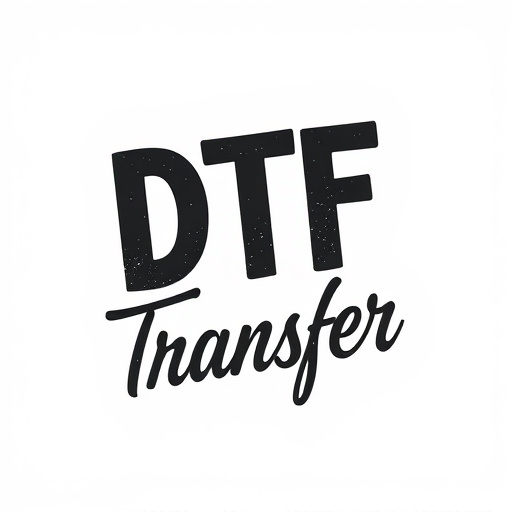
For smaller commercial operations looking to enhance their output without breaking the bank, Digital Thermal Transfer (DTF) Printing offers a compelling solution. DTF Transfers are an efficient and cost-effective method of producing high-quality prints on various materials, including textiles, plastics, and films. This technology allows businesses to achieve professional results without the typically high associated costs of traditional printing methods.
With DTF Printing, commercial operations can easily scale their production while maintaining budget constraints. The process is fast and versatile, enabling businesses to quickly adapt to changing design demands and market trends. Moreover, DTF Transfers provide a level of detail and precision that is difficult to achieve with other cost-friendly alternatives, making it an ideal choice for those seeking to create distinctive, long-lasting prints at a manageable scale.
Choosing the Right DTF Equipment for Your Scale and Needs
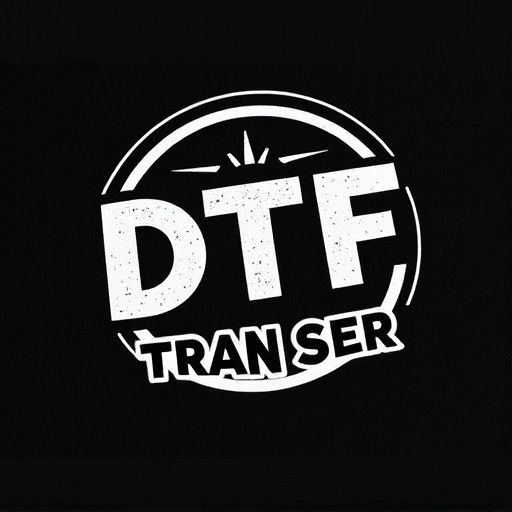
When it comes to selecting the ideal Direct-to-Film (DTF) equipment for your commercial operation, understanding your scale and specific needs is paramount. Smaller businesses often require cost-effective, user-friendly solutions that can handle a variety of print jobs without breaking the bank. Look for DTF transfer systems designed with compact workspaces and versatile material handling to accommodate different product sizes and materials. These machines streamline the process, enabling efficient production of high-quality DTF prints.
Consider the print resolution requirements, as well. For smaller operations, a machine offering 720 x 360 dpi or higher is typically sufficient for achieving sharp, detailed DTF prints that meet standard visual standards. Additionally, explore models with integrated cleaning and drying systems to ensure consistent print quality and reduce downtime. The right DTF equipment should be scalable, reliable, and tailored to your unique production needs.
Workflow Optimization: Streamlining DTF Print Processes
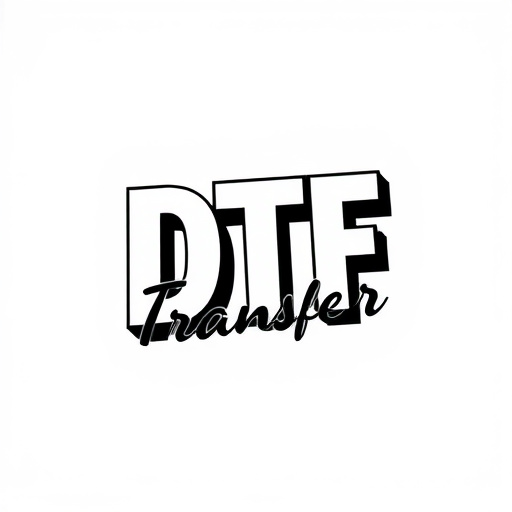
In the realm of film transfer solutions, optimizing workflows is key for smaller commercial operations aiming to produce high-quality DTF (Direct-to-Film) prints. Streamlining DTF print processes involves a series of strategic steps that enhance efficiency and reduce turnarounds. Automation plays a crucial role here; adopting automated systems for film handling, exposure, and development can significantly cut down manual labor and minimize errors. This not only speeds up production but also ensures consistent quality across each DTF transfer.
Additionally, implementing digital imaging technologies allows for precise control over print parameters such as resolution, color accuracy, and image sharpness. With advanced software, operators can easily adjust settings, making it easier to adapt to different project requirements. As a result, smaller commercial operations can offer faster turnaround times without sacrificing the quality of their DTF prints, thereby gaining a competitive edge in the market.
Quality Control and Consistency in DTF Transfers
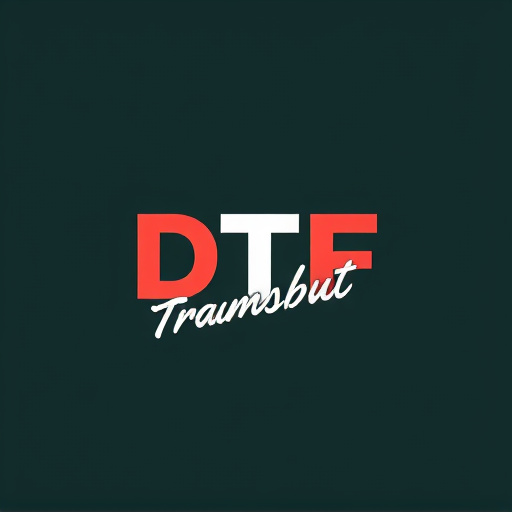
In the realm of film transfer solutions, Digital Thermal Transfer (DTF) technology stands out for its ability to deliver exceptional quality and consistency in prints. Each DTF print is a precise replication of the original film, ensuring that the final product retains all the intricate details and colors. This level of precision is particularly crucial for smaller commercial operations, where maintaining a uniform standard across batches is vital for client satisfaction.
Quality control in DTF transfers involves meticulous processes at every stage, from film preparation to print output. Advanced imaging software and skilled technicians collaborate to monitor and adjust settings, ensuring that each frame is perfectly transferred. This dedication to consistency guarantees that the DTF prints not only meet but exceed expectations, making them a reliable choice for businesses looking to offer high-quality products or services centered around film transfer.
Case Studies: Successful Implementation of DTF Prints in Small Businesses
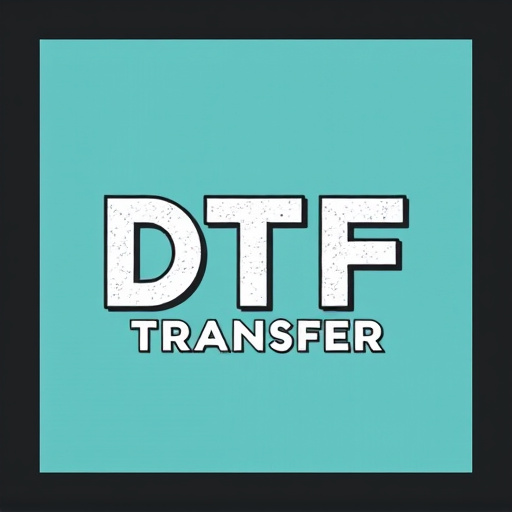
Small commercial operations are increasingly turning to Direct-to-Film (DTF) transfer solutions for their film printing needs. This innovative technology, DTF Printing, offers a cost-effective and efficient alternative to traditional methods, especially for businesses with limited resources and specialized requirements. Case studies from various sectors reveal the successful implementation of DTF Prints, showcasing its versatility and reliability.
For instance, small specialty stores have utilized DTF Transfer to create custom window displays and promotional materials, enhancing their brand visibility and customer engagement. Similarly, local artists and designers have embraced DTF Printing for producing high-quality, personalized products, from custom phone cases and tote bags to art prints and posters. These real-world applications highlight how DTF technology democratizes access to advanced printing capabilities, enabling small businesses to compete effectively in today’s market while maintaining control over their creative output.



